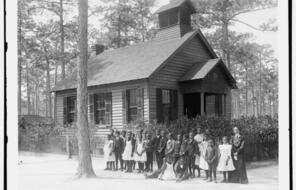Breadcrumb
This resource is part of:
Part Six: The Legacies of Reconstruction
Video Length
13:06Subject
- History
Language
English — USUpdated
Part Six: The Legacies of Reconstruction
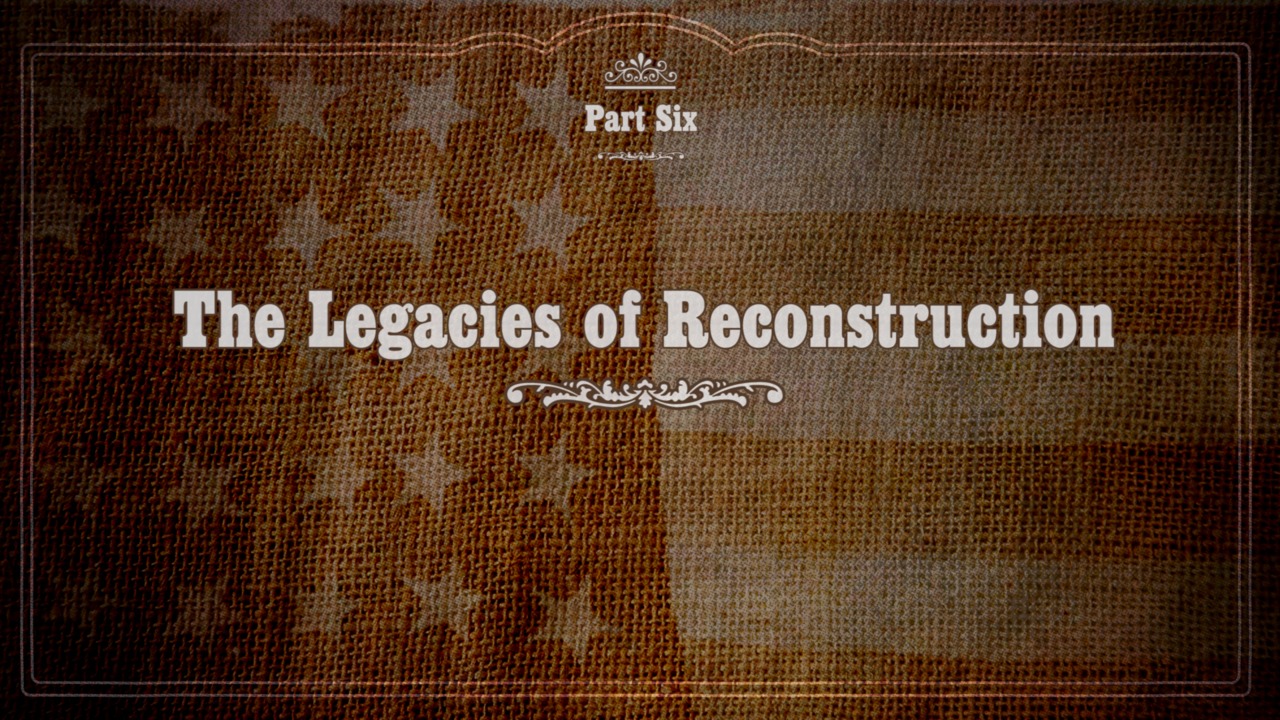
You can't understand the United States today without understanding Reconstruction. You can't understand the possibility of democracy in this country without grappling with the history and legacy of Reconstruction. And I think it also provides an important lens into thinking about what democracy isn't in this country today, why there are still challenges to fully actualizing the potential of American democracy.
[MUSIC PLAYING]
Our understanding of historical movement and motion should never be one thing caused another thing caused another thing, and now we're here and look at how neatly that all worked out. And so for us to understand the forces of history that move history, we need to be open to the possibility that history doesn't move in a neat line or forward progression. And that's particularly true when we're talking about freedom and equality, progress. These things are never inevitable. They're always contested, they're always contending with forces of reaction and resistance. But studying history is the process by which we try to make sense not just of lives and worlds long ago, but of our life and our world today.
W.E.B. Du Bois in his great book Black Reconstruction in America called Reconstruction a splendid failure-- splendid failure. Now, he said, it was a splendid failure because it did not fail for the reason people expected it to fail. People expected it to fail manywise because of black incapacity. That is not why it failed.
Some of the things created in Reconstruction survived. Obviously, the school system survived. Churches, independent black churches were born, really, in the South in large numbers in Reconstruction. Those survived. Black families, which hadn't existed, legally, in slavery, now are consolidated and survive. But the dream of a republic of equals, as Thaddeus Stevens called it, failed. And one should not mitigate that because the failure of that was a disaster for black America, and for America all together. It warped American politics for another 75, 80 years.
Most white Southerners did not want the instability of constant violence. They did not like the Ku Klux Klan or the white terrorist group. They served their purpose, but what they wanted was stability. They got it with Jim Crow. That was the way that they could live in relative peace with each other-- disadvantage to African Americans, obviously, but condoned by the federal government and by the Supreme Court.
But even though sharecropping soon came to replace slavery, Jim Crow segregation came to replace the social relations of slavery, things were never the same after Reconstruction because black people knew they had freed themselves through their own efforts. And the memories of being part of that collective struggle were seeds that blossomed again and again in the future.
Even though Reconstruction was overthrown, the Constitution had been rewritten with the 13th, 14th and 15th Amendments. And those, to borrow a phrase from Charles Sumner, were sleeping giants later on. And they would be reawakened by other generations in the 20th century demanding the enforcement of these basic rights that had been written into the Constitution but later more or less abrogated.
[MUSIC PLAYING]
[SINGING] Amazing grace, how sweet the sound.
The Civil Rights Movement of the 1950s and '60s-- sometimes referred to as the Second Reconstruction, often referred to as the Second Reconstruction-- could never have happened if we hadn't had the first. What the Civil Rights Movement would have appealed to, or could have appealed to, is not clear if the 13th, 14th and 15th Amendments hadn't been there first.
The principle was still there, the legal strategy was still there. Basically, their demand was to enforce the law.
[MUSIC PLAYING]
[SINGING] I'm found, was blind--
As late as 1965, when Mrs. Fannie Lou Hamer of Ruleville, Mississippi went before Congress and asked the Congress not to seat the delegates who would had been elected from Mississippi because they had been elected in an all-white election, she told Congress, I'm a black woman; my grandfather was a slave; and I'm going to keep fighting for freedom until the Constitution means what it says. What she was saying in 1965 is that the promises made in the 1860s needed to still be fulfilled. She hadn't forgotten them. And it's not only that she hadn't forgotten them, she felt that she could do something about them because her ancestors had done something about it and had freed themselves.
So even though, in some ways, Reconstruction turned out to be a victory without victory, black people were never the same again. The possibility of equal rights was on the table in a way that could never be taken away.
And eventually, in their legal triumphs-- the Civil Rights Act of 1964, the Voting Rights Act of 1965-- the legal agenda of Reconstruction was again brought into play in the Second Reconstruction. In a larger sense, it's also the second time that the question of the status of black America was the major point on the national agenda. And one might also say that it was like the first Reconstruction in that the political revolution went much further than the economic revolution.
In other words, the failure to distribute land in the first Reconstruction condemned black Southerners to a situation as poor laborers, basically, on the land of white people. The Second Reconstruction, like the first, left economic inequality largely untouched.
I don't think there can be any doubt that the first civil rights revolution coming from the Civil War, during and after the Civil War, during Reconstruction, and then the second civil rights revolution in the 1950s and '60s brought progress and change. But it still remains an unfinished revolution.
When we talk about Reconstruction as an unfinished revolution, I think on some level, all revolutions are unfinished. People ask me, why do you vote? Our political system is broken. I vote because I study slavery; I vote because I study freedom and social movements that have brought about these kinds of changes; I vote because so many people died who couldn't. I think that that's where we get inspired by history, not because any revolution is going to come to a conclusion.
More often than not, revolutions come full circle. That's another definition of revolution, is that you're back to where you started. The reason why they call the Civil Rights Movement the second American Reconstruction and why they call the Civil War the second American Revolution is that the work is never done.
Whenever we revisit the 14th Amendment, we're revisiting Reconstruction. Whenever we revisit uses of violence, we're visiting Reconstruction. And every time we find ourselves surprised about explosions or problems or stresses and tensions in our race relations, we are in some ways revisiting that first Reconstruction and the Second Reconstruction.
[CHANTING]
So here we are living in our time, and there's plenty of reasons to despair. There's plenty of reasons to think that even if you end slavery, even if you pass civil rights laws, you can think that maybe nothing is going to change. But if people had thought that in 1859, they would never have been the first Reconstruction. If people had thought that in 1955 in Montgomery, Alabama, there wouldn't have been the Second Reconstruction through the Civil Rights Movement.
And if we think that today, we guarantee there will never be another Reconstruction to try to fulfill these promises. And that would be a great tragedy, that would be a great loss to all of us. And the fact that we're familiar with this tragedy, with this betrayal of the freedom dreams of black people, it certainly is a cause for sadness. But it's also a cause to think, we know this place; we've been here before. We come from a tradition. People of all colors and all races come from a tradition of social justice in which ordinary men and women thought it was worth risking everything to create a fair and democratic society. And the very fact that we could even know that, or that could make us feel warm inside to think that we're a part of that, indicates how powerful Reconstruction is.
So the answers to these questions about Reconstruction and what its meaning are, this is a chapter that's unwritten, and this is a chapter that the people studying it have to not only read about, but to think about: how are you going to write a new chapter not in your notebooks, but in society as men and women with responsibility and opportunity?
[SINGING] Hey, what you doing? Hey, hey, what you doing? Hey, hey, what you doing?
Part Six: The Legacies of Reconstruction
How to Cite This Video
Facing History & Ourselves, “Part Six: The Legacies of Reconstruction”, video, last updated May 13, 2015.
You might also be interested in…
The Union As It Was

Radical Reconstruction and the Birth of Civil Rights
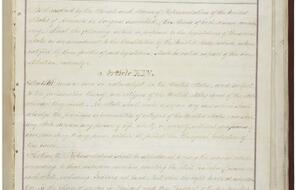
Expanding Democracy
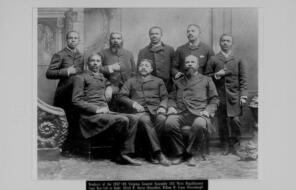
The Struggle over Women’s Rights
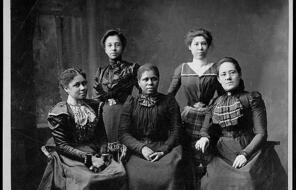
Equality for All

The Devastation of War
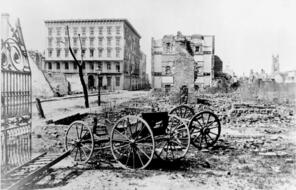
Healing and Justice

Backlash and the KKK
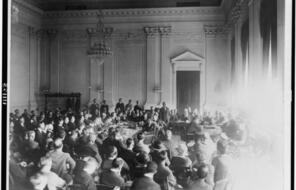
Shifting Public Opinion
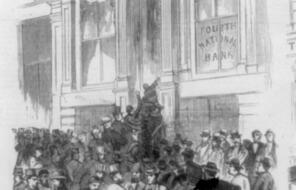
Political Violence and the Overthrow of Reconstruction

The Unfinished Revolution

Enacting Freedom
